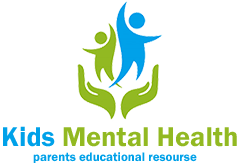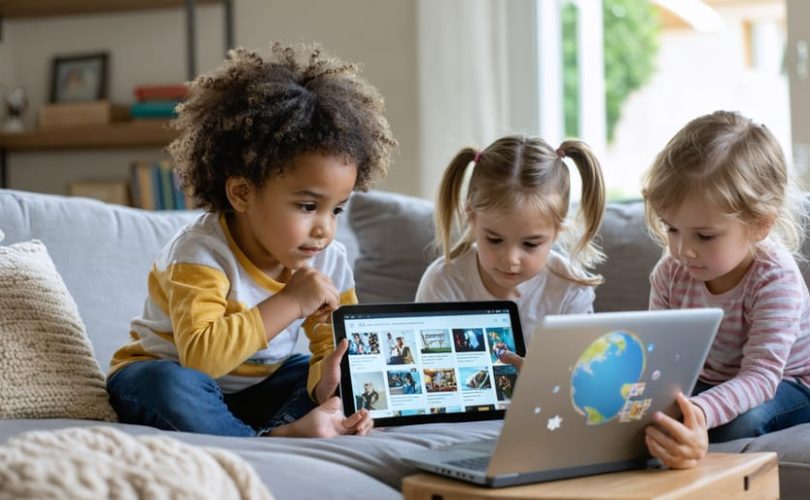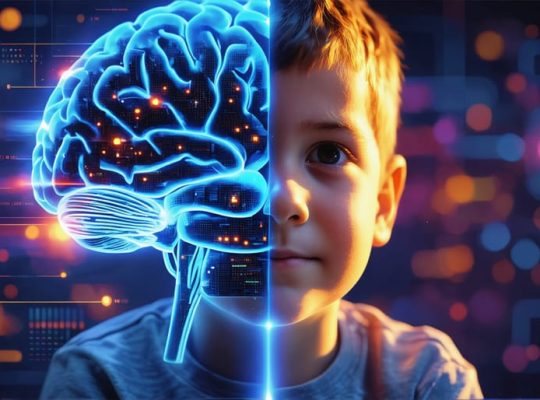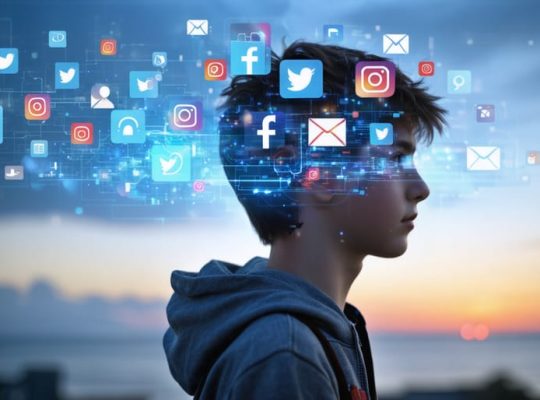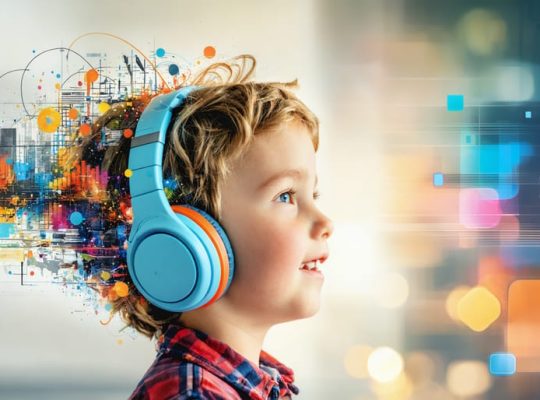In today’s digital age, media shapes our children’s worldview in profound and lasting ways. As parents and educators, understanding the four fundamental roles of media isn’t just academic—it’s essential for guiding young minds through an increasingly complex information landscape. From entertainment to education, news delivery to social connection, media serves as both a mirror and a window to the world for our youth. Its influence extends far beyond simple content consumption, actively participating in how children develop their values, form opinions, and understand their place in society.
What makes media’s role particularly crucial is its unprecedented accessibility to young minds. With smartphones, tablets, and computers becoming integral parts of childhood, media exposure starts earlier and runs deeper than ever before. This reality presents both opportunities and challenges for parents and educators working to nurture healthy, well-rounded individuals.
In this article, we’ll explore the four key roles media plays in youth development, offering practical insights for helping children navigate their media experiences constructively. Whether you’re a parent seeking to make informed decisions about screen time or an educator looking to leverage media as a teaching tool, understanding these roles will empower you to guide young people toward becoming thoughtful, critical media consumers.
Information Provider: Breaking Down Complex World Events
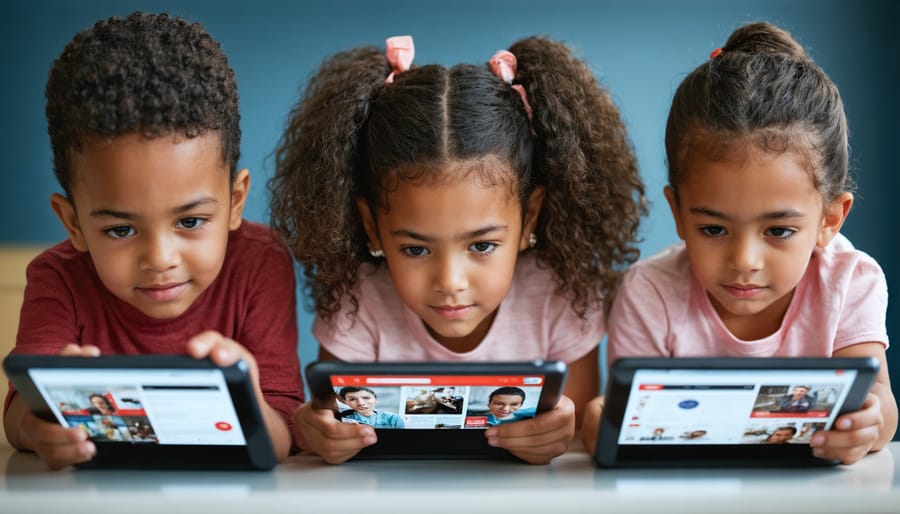
Making News Accessible to Young Minds
Media plays a crucial role in breaking down complex world events and issues into formats that children can understand and process. Through age-appropriate content and simplified explanations, media helps young minds grasp important concepts that might otherwise seem overwhelming or confusing.
For example, many children’s news programs use relatable analogies and visual aids to explain challenging topics like climate change or economic concepts. They might compare the greenhouse effect to a car parked in the sun, or explain inflation using examples from a child’s daily life, like the changing price of their favorite snacks.
Educational media platforms often employ storytelling techniques, incorporating characters and narratives that resonate with young audiences. This approach helps children connect with real-world issues on an emotional level while maintaining a safe distance from potentially disturbing content.
Parents and educators have noticed that when complex topics are presented thoughtfully through media, children show increased engagement and better retention of information. As Dr. Sarah Martinez, a child development specialist, explains, “When we present information in ways that acknowledge children’s developmental stages and emotional needs, they’re more likely to engage meaningfully with important topics.”
The key lies in striking the right balance between maintaining accuracy and ensuring accessibility. The best children’s media content preserves the essence of important information while packaging it in ways that feel approachable and relevant to young audiences.
Digital Literacy and Critical Thinking
Media plays a crucial role in developing young minds by fostering digital literacy skills and critical thinking abilities. When children engage with media thoughtfully, they learn to analyze information, question sources, and develop independent perspectives on the world around them.
Consider how a child might approach a news article or social media post. Through guided media consumption, they learn to ask important questions: Who created this content? What is their purpose? Is this information reliable? These analytical skills extend far beyond media consumption, becoming valuable tools for academic success and real-world problem-solving.
Parents and educators can encourage this development by engaging children in discussions about media content. For instance, watching a documentary together can prompt conversations about evidence, bias, and different viewpoints. These discussions help young people become active, rather than passive, media consumers.
Dr. Sarah Chen, a child development specialist, notes: “When children learn to think critically about media, they’re better equipped to navigate our information-rich world. They develop the confidence to form their own opinions while remaining open to different perspectives.”
Activities like creating their own media content, fact-checking information, and comparing different news sources can help young people develop these essential analytical skills while building media literacy confidence.
Social Compass: Influencing Values and Beliefs
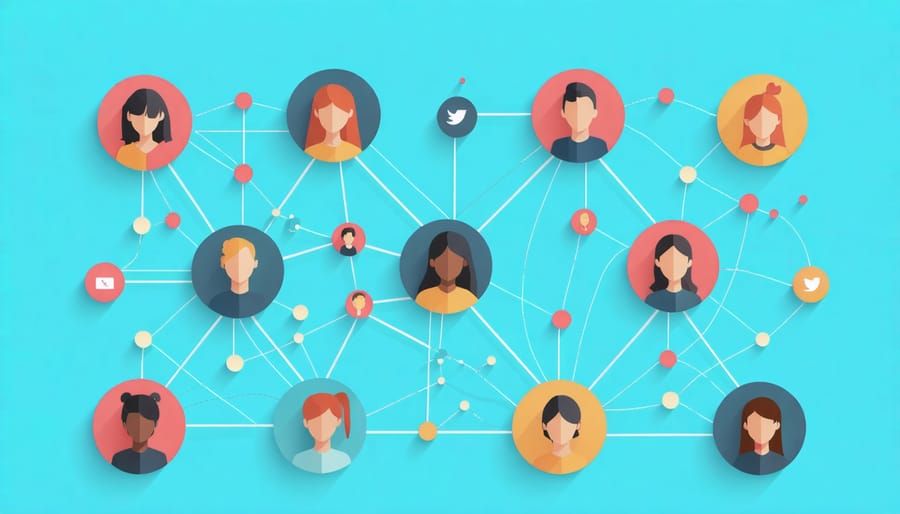
Role Models and Identity Formation
Media figures play a pivotal role in shaping how young people view themselves and their place in the world. The impact of media role models is particularly significant during adolescence, when youth are actively forming their identities and seeking examples of who they might become.
Consider how a young girl might be inspired by seeing a female scientist featured in a documentary, or how a boy might gain confidence from watching a character overcome similar challenges to his own. These media representations can spark dreams, shape aspirations, and influence behavior in both positive and negative ways.
Parents often share how their children begin mimicking the speech patterns, mannerisms, and attitudes of characters they admire. Dr. Sarah Chen, a child development specialist, explains, “Children naturally look to their environment for cues about social norms and acceptable behavior. When they connect with media figures, these characters become part of their social learning framework.”
This influence extends beyond just entertainment figures. Social media influencers, athletes, and public figures all contribute to young people’s understanding of success, beauty, relationships, and personal values. By recognizing this powerful connection, parents and educators can help guide children toward positive role models while teaching them to think critically about the media personalities they encounter.
Cultural Understanding and Empathy
Media plays a powerful role in bridging cultural divides and fostering empathy among young people. Through diverse storytelling, documentaries, and news coverage, children gain exposure to different cultures, traditions, and perspectives they might not encounter in their daily lives.
Dr. Sarah Chen, a child psychologist, explains, “When children see authentic representations of various cultures in media, they develop a broader worldview and learn to appreciate differences rather than fear them.” This exposure helps build emotional intelligence and cultural sensitivity from an early age.
Consider Maria, a fourth-grade teacher, who observed how watching a documentary about children from different countries helped her students develop compassion and understanding. “The students began asking thoughtful questions about other cultures and showing genuine interest in learning about different ways of life,” she shares.
Media can also help children recognize and process emotions by presenting relatable scenarios and characters dealing with various feelings and challenges. Through age-appropriate content, young viewers learn to identify emotions, develop empathy, and understand different perspectives.
However, parents and educators should actively engage with children about media content, discussing cultural representations and helping them process emotional themes. This guided approach ensures that media becomes a tool for developing cultural awareness and emotional intelligence rather than reinforcing stereotypes or misunderstandings.
Behavioral Influencer: Impact on Actions and Choices
Media Consumption Patterns
Today’s young people engage with media in ways that are markedly different from previous generations. Children and teens often consume multiple forms of media simultaneously, a practice known as “media multitasking.” For instance, a teenager might watch YouTube videos while texting friends and completing homework.
Research shows that the average youth spends about seven hours daily consuming various forms of media, with social media and streaming platforms taking up significant portions of this time. Mobile devices have made media access more convenient than ever, leading to more frequent but shorter consumption periods throughout the day.
Different age groups show distinct patterns in their media preferences. While younger children tend to favor interactive educational content and gaming apps, teenagers gravitate toward social media platforms and video content. This shift often begins around middle school years, when peer influence becomes increasingly important.
What’s particularly noteworthy is how young people actively shape their media environment. Rather than being passive consumers, they create content, participate in online communities, and use media tools for self-expression and learning. Many youth demonstrate remarkable skill in navigating multiple platforms and adapting to new media formats.
Parents and educators should understand these patterns to better support healthy media habits. This includes recognizing that some degree of media multitasking is normal for today’s youth while helping them develop skills to manage their attention and time effectively.
Positive and Negative Behavioral Changes
Media exposure significantly shapes young people’s behavioral patterns, influencing both positive and negative outcomes in their daily lives. When children engage with educational content and prosocial programming, they often demonstrate increased empathy, better problem-solving skills, and enhanced cultural awareness. For instance, shows that emphasize cooperation and kindness can lead to more positive interactions with peers and family members.
However, parents and educators should be mindful of potential negative influences. Excessive exposure to violent content may lead to increased aggressive behavior, while unrealistic body images in media can affect self-esteem and body image perception. Dr. Sarah Martinez, a child psychologist, notes that “children often model behaviors they see in media, making it crucial to guide them toward positive content choices.”
The key lies in balance and active engagement. When families establish healthy screen time limits and discuss media content together, children develop better critical thinking skills and media literacy. Parents can transform potentially negative influences into learning opportunities by having open conversations about media messages and helping children distinguish between reality and fiction.
Research shows that children who participate in guided media consumption tend to exhibit better social skills, improved academic performance, and healthier emotional development. By focusing on quality content and maintaining open dialogue, families can harness media’s positive potential while minimizing its negative impacts.
Entertainment Provider: Balance and Boundaries
Educational Entertainment
Entertainment media has evolved far beyond pure amusement, becoming a powerful tool for learning and development. When thoughtfully created and curated, educational media content can engage children while building crucial skills and knowledge. Shows like “Sesame Street” demonstrate how entertaining characters and storylines can teach everything from basic numeracy to complex social-emotional lessons.
Parents and educators have observed that children often retain information better when it’s presented in an engaging, story-based format. For instance, educational cartoons that incorporate music and repetition help young learners remember important concepts while having fun. Interactive educational games and apps encourage problem-solving skills and critical thinking through playful challenges.
Dr. Sarah Chen, a child development specialist, notes: “When children are emotionally invested in characters and stories, they’re more likely to internalize positive messages and learning outcomes. The key is finding age-appropriate content that balances entertainment with educational value.”
Documentary-style programs designed for youth audiences can spark curiosity about science, history, and culture. These shows often present complex topics in accessible ways, using visual aids and relatable examples that resonate with young viewers. Additionally, educational entertainment can help children develop empathy by exposing them to diverse perspectives and experiences through compelling storytelling.

Setting Healthy Media Boundaries
Setting healthy media boundaries doesn’t mean completely restricting access – it’s about creating a balanced approach that works for your family. Start by establishing clear screen-time limits and media-free zones, such as bedrooms and dining areas. Many parents find success with a family media agreement that outlines when, where, and how long children can engage with different types of media.
Consider creating a media schedule that balances entertainment with educational content. For younger children, co-viewing is particularly important – watch shows together and discuss what you see. This helps children develop critical thinking skills and provides opportunities for meaningful conversations.
Quality matters more than quantity. Choose age-appropriate content that aligns with your family’s values and encourage active rather than passive media consumption. Set a positive example by following these boundaries yourself – children often mirror their parents’ media habits.
Look for warning signs that might indicate unhealthy media use, such as decreased physical activity, problems with sleep, or difficulty engaging in non-screen activities. If you notice these signs, gradually adjust boundaries while maintaining open communication with your child.
Remember that every family is different, and what works for one might not work for another. Be flexible and willing to adjust your approach as your children grow and their needs change. The goal is to help children develop a healthy relationship with media that supports their overall well-being and development.
As we’ve explored throughout this article, media plays four vital roles in shaping our children’s world: informing, entertaining, educating, and influencing their values. Understanding these roles helps us make better decisions about our family’s media consumption and guide our children toward healthy media habits.
Remember that media isn’t inherently good or bad – it’s how we use and engage with it that matters. As parents and caregivers, we can take an active role in helping our children navigate the media landscape by discussing content with them, setting appropriate boundaries, and modeling healthy media habits ourselves.
Consider creating a family media plan that balances all four roles. Look for educational content that’s also entertaining, choose news sources that inform without overwhelming, and seek out media that reflects the values you want to instill in your children. Most importantly, maintain open communication about what they’re watching, reading, and experiencing online.
By staying involved and informed, you can help your children develop critical thinking skills and media literacy that will serve them throughout their lives. Remember that every child is different, and what works for one family may not work for another. Trust your instincts, stay flexible, and adjust your approach as your children grow and their needs change.
Together, we can help our children harness the positive potential of media while developing the skills to navigate its challenges.
